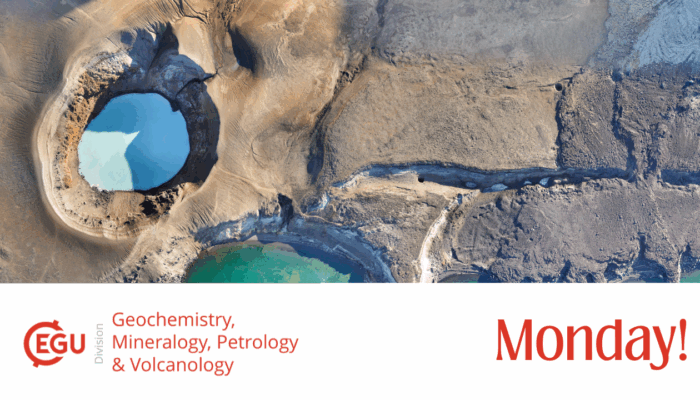Get ready for the second day of the EGU General Assembly! Here is a quick summary of the day for GMPV sessions or joint sessions you can attend: either you are interested in fluid/melt-rock interactions, sedimentary provenance analysis, volcanic hazards, orogenes, subduction zones or continental rifts, you are sure to find what you are looking for! Morning sessions From 8.30 to 12.30 am, you can s ...[Read More]
EGU25 Monday Highlights
Hello to all the GMPV community, and welcome (back) to EGU25! Are you ready to meet again you peers from all over the world, and to learn more about amazing scientific topics? As every year, the GMPV ECS Team will find interesting presentations and networking events, and suggest them in a daily blog post. Let’s start on Monday morning at 8.30 with the session “What makes Earth so special? The role ...[Read More]
GMPV Early Career Scientists at #EGU25
Here we go again!! Just a few days and EGU25 will start in Wien. As we are sure you will discover outbreaking research in your field (and not), we want to remind you that EGU is also social events and networking! The ECS team of GMPV (as much as other 22 Divisions) will be at the GA, and you can find us with short course and events around the ACV. Here is a list of where and when you can find us! ...[Read More]
EGU25: A step towards Engagement, Gathering and Unity
Are you a PhD aspirant looking for a potential supervisor? Are you searching for research collaboration? Your PhD is at the final stage, but you haven’t found a post-doctoral mentor yet? Are you an introvert and can’t understand how to reach people at the conference? Don’t worry!! The ECS team of the GMPV division is here to assist you in shaping your future goals. The last GMPV ...[Read More]




